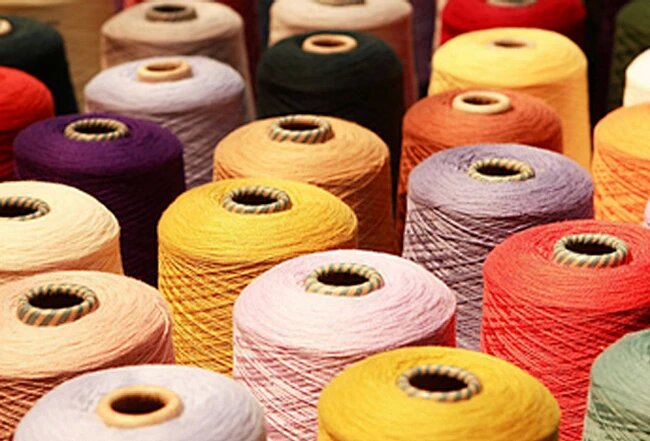How to improve the cost-effectiveness of textile defoamers through technological innovation?

Optimize raw materials and formulations, introduce new raw materials with higher defoaming efficiency and lower cost, such as high-performance polymers, modified silicone oils, etc. These materials can not only improve defoaming performance, but also reduce costs by reducing usage. By utilizing advanced formula optimization techniques, the composition of defoamers is finely adjusted to achieve the optimal balance between performance and cost. Through laboratory testing and data analysis, find a formula combination that can meet performance requirements and control costs.
Adopting continuous production processes to improve production efficiency and product stability. Continuous production can reduce batch differences, lower production costs, and improve overall product quality. Introduce energy-saving and emission reduction technologies in the production process, such as waste heat recovery and wastewater recycling, to reduce energy consumption and waste emissions. These measures help reduce production costs and enhance the environmental image of the enterprise.
Establish an intelligent control system to monitor and adjust the production process in real-time. By analyzing data, optimizing production parameters, improving production efficiency and product quality. Intelligent control systems can also reduce human errors and waste, thereby lowering production costs. Introduce automated production equipment, such as automated batching systems, automated packaging lines, etc. These devices can reduce manual operations, improve production efficiency and consistency, while reducing labor costs.
Develop and use environmentally friendly raw materials and catalysts to reduce the emission of harmful substances and the generation of waste. These environmentally friendly materials not only help improve the environmental performance of defoamers, but also reduce the overall cost by reducing environmental governance costs. Promote the circular economy model and recycle and reuse waste generated during the production process. By recycling resources, we can reduce raw material procurement costs and improve resource utilization efficiency.
Provide customized defoamer products and services, adjust formulas and produce according to specific customer needs. Customized services can meet the personalized needs of different customers, improve customer satisfaction and market share. Continuously exploring new application areas of defoamers in the textile industry, such as new textile materials, high-end textiles, etc. By expanding innovative application areas, we aim to enhance the added value and market competitiveness of defoamers.
In summary, improving the cost-effectiveness of textile defoamers through technological innovation requires comprehensive consideration of multiple aspects such as raw material and formula optimization, production process improvement, intelligence and automation, green chemistry and sustainable development, as well as customized services and innovative applications. The implementation of these strategies will help improve the performance of defoamers and reduce costs, thereby enhancing their cost-effectiveness.

 English
English
 Chinese
Chinese Vietnamese
Vietnamese
 HOME
HOME
 PRODUCT
PRODUCT
 NEWS
NEWS
 CONTACT
CONTACT


